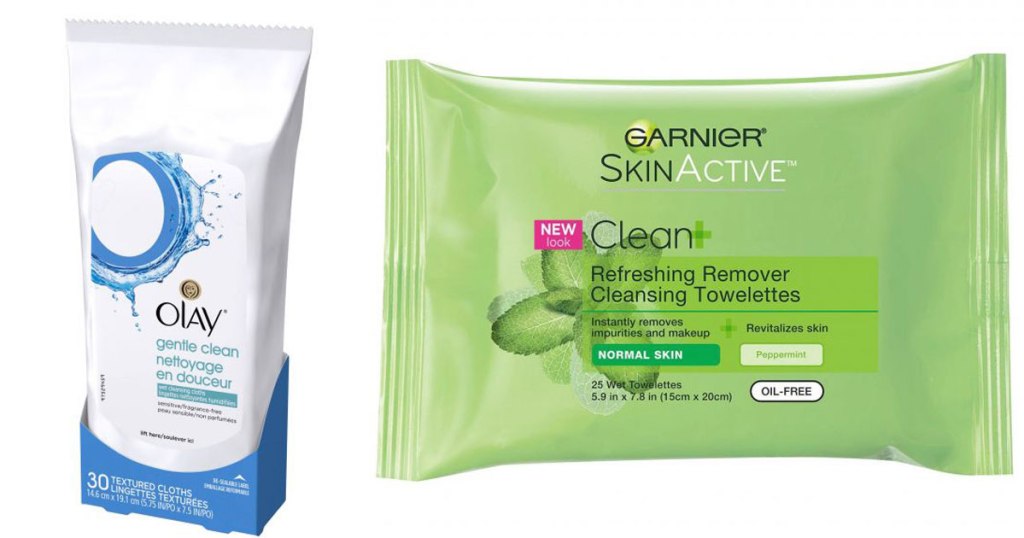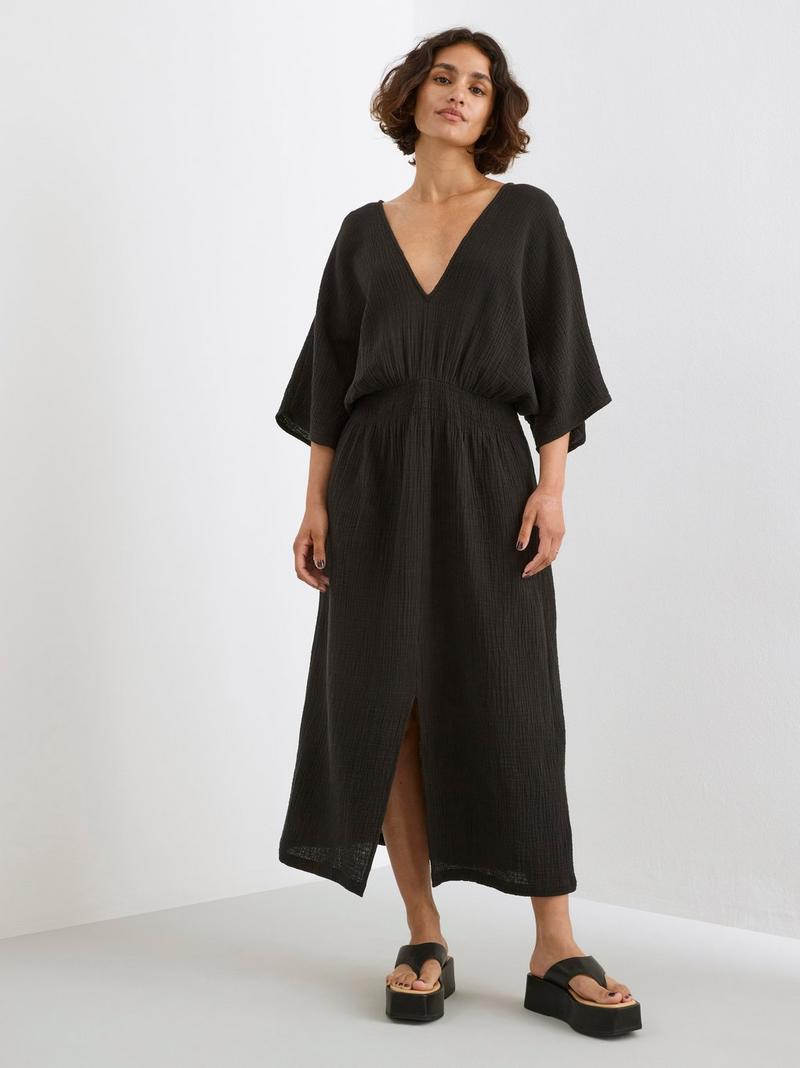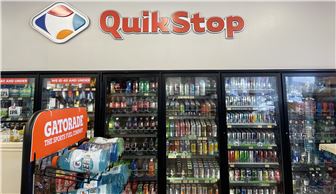
The definitions of retail are becoming more blurred. It covers so many channels and activities that it's difficult to identify a single definition. Merriam-Webster says retail is the business of selling. The endpoint is the private consumer, while the manufacturer is the beginning point. Retail includes all the channels. However, it also includes the supply chain which stretches from a shop to an online store. This article will focus on the key terms and current trends in retail along with some strategies for success.
Definition of retail
There are various ways to define retailing. Retailing has been traditionally defined as a business selling goods to the general population. There are many retail formats today, including departmental stores and discounters. All these formats compete on price but there are niche retailers and premium brands as well. There are other types of retailers, like mass merchants or specialty stores. These are just two examples of different retailing categories that can help you understand retailing.
Some retail sectors are dominated by large, global corporations while others are dominated by small, locally-targeted companies. Large retailers tend not to be dominant in certain retail sectors, while smaller, more localized companies are gaining market share through innovative products, better customer service, and meeting local demand. Some retailers shrink their business by opening smaller stores or kiosks. Some retailers choose to have a particular store size depending on the city's population. Retail can be defined broadly as both micro and macro environmental factors.
Retailing can be done at multiple levels. Distributing products from one end to another of the production cycle is how it works. The retailer is a middle-person, who matches the needs of consumers with those of manufacturers. French retaillier means to cut, split, or sell a piece. Retailing is complex and requires extensive knowledge.
The emergence of discount stores is a classic example. In the 1950s in the USA, they entered the retail sector with low status and mark-up. Over time they became high cost, high-priced retailers. Then, they were exposed to new competitors who began to encroach upon their territory. This made them vulnerable. In the final decline phase of the market, non-price-based competition was more popular. They produced higher gross profits, which suggests that nonprice competition is less harmful.
Retailing Trends
Today, retailing is one of the fastest growing sectors of the global economy, but it is still in the transition stage. In China and South Asia, organized retailing is gaining popularity as the lifestyle of consumers changes. Rising disposable income, urbanization and favorable demographic patterns are driving the shift towards organized retailing. Additionally, organized retailing is becoming more popular with consumers for their everyday needs. India's retail market is changing rapidly.
Retailing trends are influenced by the aging population. Around 22 per cent of Americans will have reached 60 years by 2030. This age group is known for its love of high quality goods and outstanding customer service. Retail must adapt to these customers and embrace new technologies in order to stay competitive. How can retailers make consumers happier? Let's take a look at three of the most sought-after trends in retailing. Trends in retailing are a great way for brands to attract younger customers and increase sales.

Online shopping has changed the retail landscape. With the internet, manufacturers are able to sell directly to consumers. This has made it easier for consumers to choose online retailers and reduce the need for brick-and-mortar stores. This trend can, however, compromise one of the retailer's core strengths. Brick-and-mortar stores are prime locations and often take years to develop. A network of strategically situated outlets is a great way to give major retailers an edge in the marketplace.
Another trend that will change the landscape of retailing is the rise of multicultural America. Hispanic and Asian children born between the 1990s and 2000s will make up about 25% of the U.S. population by 2025. This will allow them to be felt all across the country. Moreover, demographic age gaps will widen, resulting in two distinct "shopping nations," the report says. The report says that the over-50s will be in competition with the under-30s and younger generations. These differences in lifestyles, shopping preferences, and preferences are all factors that will affect the retail market in the coming decade.
The industry's major players
Globally, retail is highly competitive. It's also mature in developed countries. However, emerging economies like India or Singapore have played a significant role in boosting the industry. These countries draw large numbers of tourists which increases demand for fashion, electronics and apparel. These countries have more than two-thirds GDP, which is a result of consumer spending. These countries have been a top shopping destination in Asia-Pacific. The retail industry offers a lucrative business opportunity, as well.
The organized retail industry is expanding, but unorganized stores are declining as more people shop online. Big retail chains like Walmart have announced plans to close six locations in Canada by March 2021, but will be investing USD 500 million to modernize their existing stores. These big players have to decide where to place their focus and develop a strategy for success. Retailers must have a strong retail strategy to be successful in this competitive environment.
India's retail market is most prominent in major cities. However smaller towns are also beginning to catch up. Many of these companies target second-grade cities like Pune and Ahmedabad. South India has taken the supermarket idea and has had an impact on other cities. This is a key reason why these companies are making such a large investment in India. However, there is great potential for growth in the retail sector.
The Indian retail sector is fifth in the world. The Indian retail market is divided in two parts: the organized and the unorganized. While the former is more popular, it is largely unorganized. India's organized retail market is expected to grow faster that the country's GDP in 2015. This could lead to more revenue for the sector. So, if you're looking for a retail job, consider a career in this field.
Ways to start a retail business

There are several options for starting a retail business. Before you open a retail store, it is important to understand the rules and regulations. Every state has its own retail laws. To find out what your state requires to open a retail business, visit the state's website. You should not only follow the government's rules and regulations but also understand the details of each type retail business that interests you, as well as any local regulations.
Retail businesses need a point-of-sale system. This is the most essential tool. It is worth investing in employee scheduling software, especially if your store is online. If your brick-and–mortar store is located in a city, you will probably need to hire employees. There are many tools that can help you manage these employees. Point of sale systems are one of the most important tools to manage a retail store. However, there are many other tools.
Different types of retail business require different steps to get started. Some retail business models require a large staff and others require a smaller team. To open a successful store, you will need to follow 11 steps. These steps don’t have to be taken in a particular order. You don't have to know what kind of business you want to start. A professional in retail can help you choose.
FAQ
Do you have any other tips for buying clothes online?
Before shopping online for clothes, there are many factors you should consider. First, you need to know your size. It may seem obvious, but most companies don't provide this information so you might have to guess.
Remember to be aware of shipping charges. Shipping fees vary depending on the type of item you order. You should also know where your package is going. Some items ship directly from manufacturers while others are shipped through third-party warehouses. Delivery times can be affected by this.
Finally, be sure to carefully read reviews. There are many negative experiences. Do not let another person's bad experience affect yours.
How can I make sure that I get the most for my money when purchasing clothes online?
Online shopping for clothes can be made easier by doing several things. Some retailers offer free shipping. These promotions usually include free delivery within Australia.
You should also check out the return policy before you buy anything from the website. Some websites allow you to return items within 30 days of receiving them, while others only offer refunds if you return items within 14 days.
Third, make sure to check out reviews of any retailer you're interested in buying from. This will help you determine whether or not they are reliable and reputable.
Fourth, compare prices between different retailers. There are many price comparison websites you can use to view the prices of various retailers side by side.
Finally, keep in mind that there are often sales and coupon codes available for certain brands or types of clothing. To find out about any new deals, visit the site frequently.
Do I really need to register my credit card number when shopping online?
Registering for your credit is optional. It is possible to get discounts or special offers by registering your credit card. It is always a good idea for you to verify your identity with the bank.
How do I shop smart online?
Smart shopping online can help you save money but not sacrifice quality. Here are some tips.
First, shop around. Compare prices and find the best deal.
Ebates is another cash-back option. These programs work similarly to cashback programs that are available at physical stores. Based on how much you spend, points are earned when you shop using their app. These points can be used to redeem for gift cards and discounts.
Third, you should look out for promo codes. They can be found at sites such as RetailMeNot.com. Enter the code at checkout to get your savings. Your savings will appear automatically.
Finally, check out the clearance section. Sometimes you will find great deals on high-end brands at a discounted price.
Can I get free shipping on orders over $25?
Yes, almost all major websites allow you the option to order items online without having to pay shipping. Some even offer free shipping on certain items. To qualify for free shipping, however, you must spend more than $25. Many websites automatically apply free shipping to all of your orders. You will need to enter the code SHIPFREE during checkout for some websites.
Statistics
- An approximately 90% increase in price affords Hotel X the opportunity of extreme profits under severe circumstances. (dos.ny.gov)
- The vast majority only change a password to protect privacy a few times a year (27 percent) or, more likely, never (35 percent). (pcmag.com)
- A report from the U.S. Census Bureau found that in the first quarter of 2022, an estimated $250 billion was spent on retail e-commerce sales.1 (thebalance.com)
- All items on AliExpress have an estimated delivery time on the product page, and it's usually anywhere from 20 to 60 days. (makeuseof.com)
External Links
How To
Online shopping is safe?
Yes! The internet is one of the safest places to do business. It is simple to secure yourself with security software. You can also keep your personal information private.
Online shopping has become very popular because it allows people to get exactly what they want without leaving their homes.
You should remember to use common sense while shopping online. Also, be sure to follow safety precautions.
If you have initiated the transaction, don't give your credit card number to anyone over the phone or by email. If someone calls you pretending to be from your bank, hang up immediately.
Never send confidential information by email such as passwords or account numbers. Instead, log in to your accounts via a secure site.
It's always good practice to check your browser's address bar before entering any personal information. For those who are worried about identity theft, the Federal Trade Commission or Better Business Bureau can offer free services.
These organizations will monitor all transactions and alert you immediately if any suspicious activity is detected.
If someone tries to steal you identity, they will inform you.
To avoid being scammed, here are some tips:
-
Never send financial information via email or phone.
-
Unsolicited email messages may contain links that you shouldn't click.
-
Do not click on any ads asking for personal information.
-
Never enter your password/PIN on a site that you did not create.
-
Before you submit personal information, make sure that you verify that it is the right site.
-
Do not submit personal information on websites that claim to be legitimate.
-
Before you submit personal information to us, be sure to check all the contact information.
-
Avoid hidden fees
-
Keep copies of your receipts so you can dispute unauthorized charges later.
-
Report any fraudulent activity to the FTC or BBB, your local Police Department, and/or your State Attorney General.
-
When you make purchases online, take advantage of offers and discounts.
There are many ways to save on electronics, clothing, jewelry and other household items, such as books, DVDs CDs, DVDs, CDs or toys.
The best part is that you can usually save money on shipping costs.
Go ahead, shop online! It'll be so much easier to shop online for almost everything than going to multiple shops.
It's easy to avoid lines and deal with crowds.
Why not give it a try?